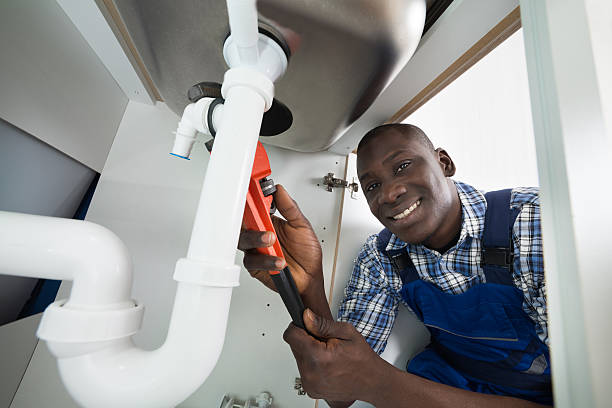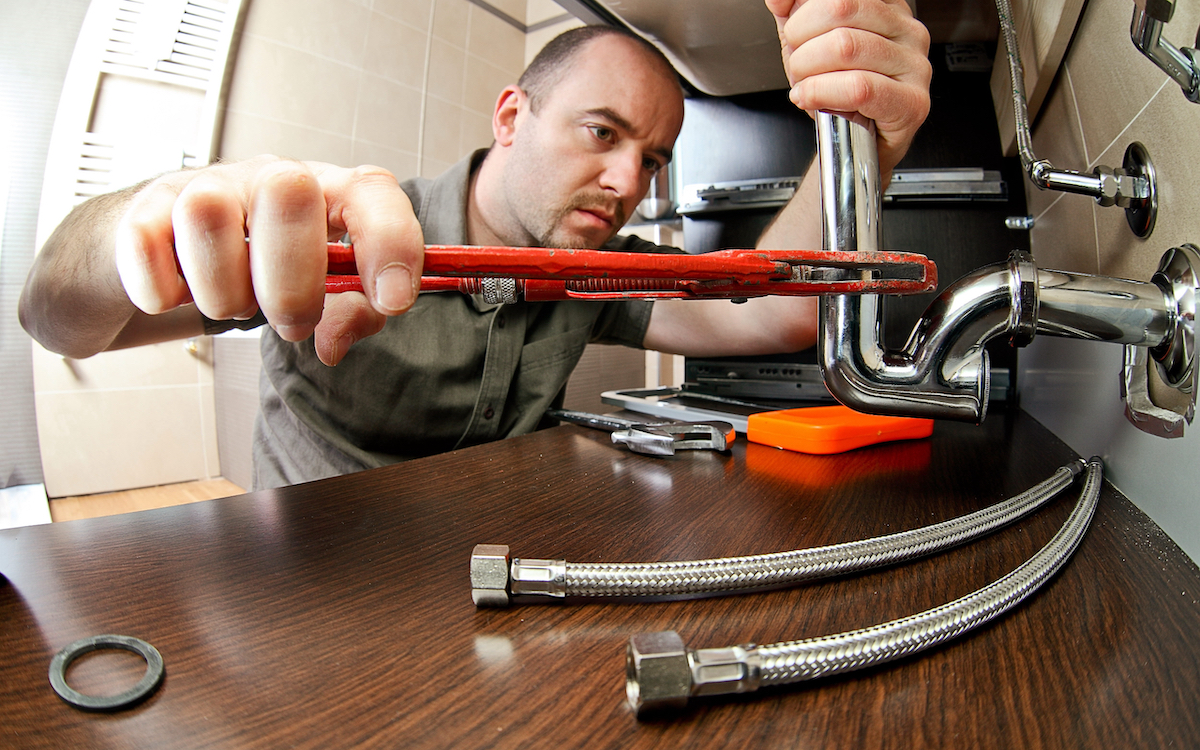Vital Plumbing Alabaster AL Tips for Homeowners
Vital Plumbing Alabaster AL Tips for Homeowners
Blog Article
A Detailed Overview to Reliable Water Heating System Installment for Optimal Performance
Starting the job of setting up a water heater is a venture that demands precision and an organized strategy for attaining ideal performance. The process starts with the important decision of selecting the ideal heating unit tailored to the details requirements of your household, considering aspects such as size, power, and type resource. As soon as chosen, preparing the installment location to fulfill safety standards is paramount. Nonetheless, the trip does not finish here. As you proceed, the complexities of linking supply of water lines and setting up reputable electrical or gas links await, encouraging insights into making sure efficiency and integrity.
Picking the Right Hot Water Heater

Next, think about the dimension and ability of the water heating system. It's vital to examine your home's hot water requirements, which can differ based on the variety of passengers and their usage patterns. A device that's as well small might lead to not enough warm water, while a large version might result in unneeded power intake.
Efficiency ratings likewise play an essential duty in option. Seek hot water heater with high Power Variable (EF) rankings, showing superior performance and minimized power use. Tankless versions, though generally much more costly in advance, deal considerable energy cost savings in time because of their on-demand heating abilities.
Preparing the Setup Area
Before installing a brand-new hot water heater, thorough prep work of the installment area is necessary. This makes sure a smooth installment process and assists avoid future problems (Plumber Alabaster AL). Begin by picking a proper place that adheres to local building regulations and safety and security criteria. The area should be dry, well-ventilated, and accessible for upkeep. It's critical to gauge the room very carefully to suit the hot water heater's dimensions, making certain appropriate clearance around the system for effective operation and servicing.
Next, eliminate any type of particles, dirt, or blockages from the site to create a clean atmosphere. Examine the flooring for security, as the hot water heater will need a solid, level surface to operate successfully. If essential, install a drip pan below the system to capture possible leakages or spills, protecting against water damages to the surrounding area. In regions vulnerable to seismic activity, consider mounting seismic straps to secure the heating unit strongly in position.
Additionally, guarantee that all required tools and products get on hand prior to starting the installment. This consists of products such as wrenches, screwdrivers, a level, and any type of additional equipment needed for installing and protecting the heating unit. A well-prepared installation area establishes the structure for a successful water heater setup, maximizing efficiency and security.
Connecting Water System Lines
When linking water system lines to your recently mounted water heating system, it is essential to make certain that all links are protected and leak-free to preserve efficient procedure and avoid water damage. Begin by recognizing the cold and warm water lines. The cold water inlet is generally noted with a blue label or a "C", while the hot water electrical outlet is marked with a red tag or an "H".
Use adaptable water heating unit connectors to help with a simpler setup process. These ports can absorb resonance and enable mild motion, reducing the threat of leaks. Before connecting the connectors, place a plumbing's tape around the threaded ends of the water heating unit's inlet and electrical outlet pipelines - Water Heater installation Alabaster over at this website AL. This tape serves as a sealer, avoiding leakages. Very carefully link the versatile hose pipes to the respective inlet and electrical outlet, making sure that they are tight however not over-tightened, which can damage the threads.
Once connections remain in area, slowly switch on the major water valve. Check each connection for leakages by visually really feeling and inspecting for wetness. Tighten up links as required, and guarantee the stress alleviation valve is properly set up, securing against extreme pressure build-up.
Establishing Up Electric or Gas Links
Effectively establishing up the electric or gas connections for your water heating unit is a vital action to guarantee efficient and secure procedure. For electric hot water heater, begin by verifying that the electric circuit works with the heating unit's voltage and amperage demands. Guarantee the power supply is shut off at the breaker to avoid crashes. Attach the electric wires to the heater complying with the supplier's wiring diagram. Normally, this includes linking the ground cable to the eco-friendly terminal, and the remaining wires to their matching terminals, securing each with wire nuts.
For gas water heaters, security is extremely important. Validate that the gas supply is off prior to continuing. Connect the gas line to the water heating system utilizing a versatile gas port, ensuring it is appropriately threaded and secured with pipe joint compound or Teflon tape ideal for gas connections. Tighten the connections with a wrench, making sure not to over-tighten (Plumbing Services Alabaster AL).
When links are made, evaluate for any possible leaks. For gas lines, apply a soapy water option to the joints; bubbles indicate a leak. For electric links, double-check that all electrical wiring is safe and secure and correctly shielded, preserving conformity with regional electric codes.
Changing and testing for Effectiveness
With the electrical and gas links firmly in location, the following step is reviewing the operational performance of your water heater. Begin by meticulously turning on the water supply and making sure there are no leakages at any pop over to these guys of the joints or valves.
Following, carry out a comprehensive assessment to ensure the burner or gas burners are operating appropriately. For electric heating systems, use a multimeter to validate if the aspects are drawing the ideal existing. In gas models, observe the heater flame; it needs to be consistent and blue, indicating reliable burning.
Adjust the settings as necessary to remove inadequacies. Consider implementing insulation measures, such as including a water heating unit blanket, to additionally improve efficiency by lessening warm loss. Furthermore, examine the anode pole's problem, as a tatty pole can decrease efficiency and bring about storage tank deterioration.
Conclusion
Effective water heating system setup is crucial for guaranteeing ideal efficiency and energy financial savings. By choosing the suitable kind and dimension, and carefully preparing the installment location, a structure for success is established. Firmly connecting water supply lines and thoroughly establishing electrical or gas links minimize potential issues. Complete testing for leaks and precise thermostat adjustments to 120 ° F improve integrity and performance. Sticking to these steps promotes long-lasting functionality why not find out more and energy preservation in property water heating unit.

Effectively setting up the electric or gas connections for your water heating system is a critical action to make sure safe and efficient procedure. For electrical water heaters, begin by confirming that the electrical circuit is suitable with the heater's voltage and amperage demands. Attach the gas line to the water heater using a versatile gas adapter, ensuring it is appropriately threaded and secured with pipe joint compound or Teflon tape appropriate for gas links.
Report this page